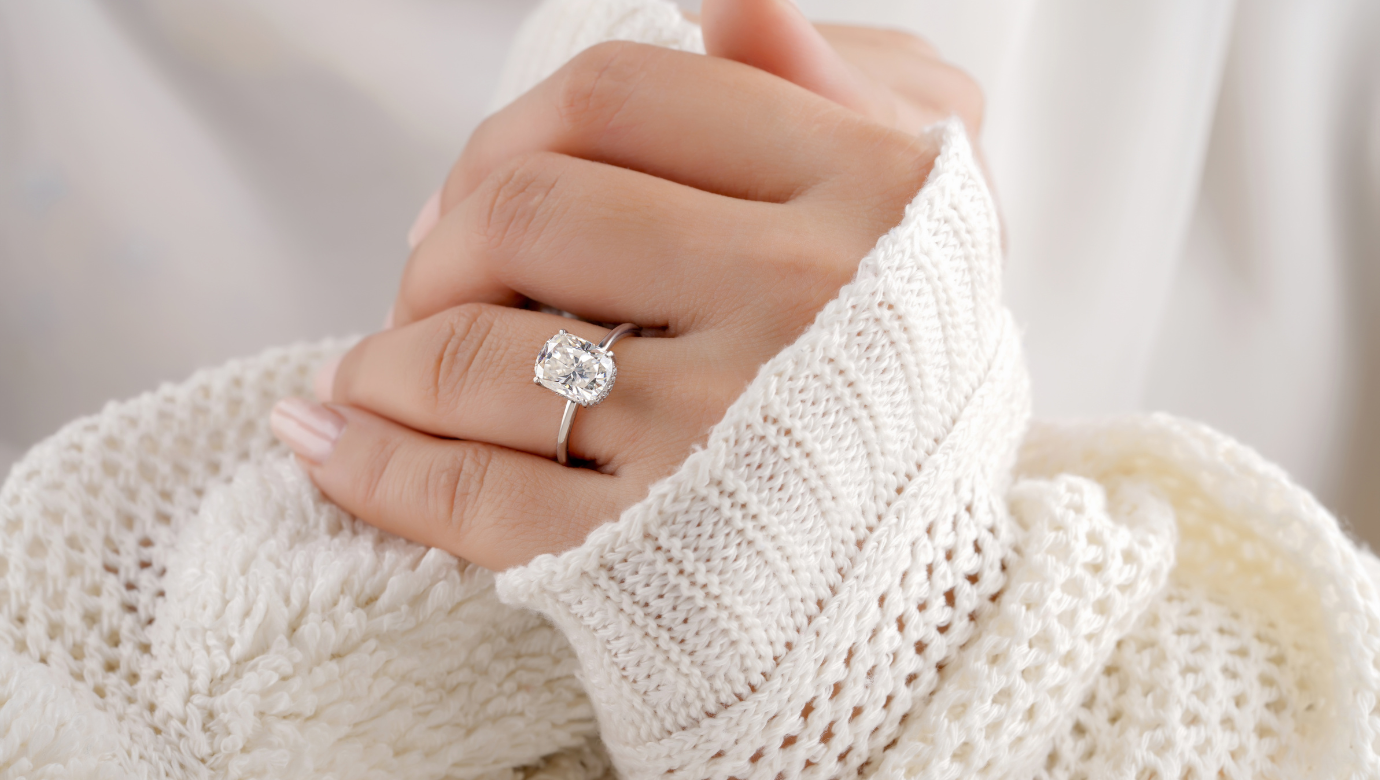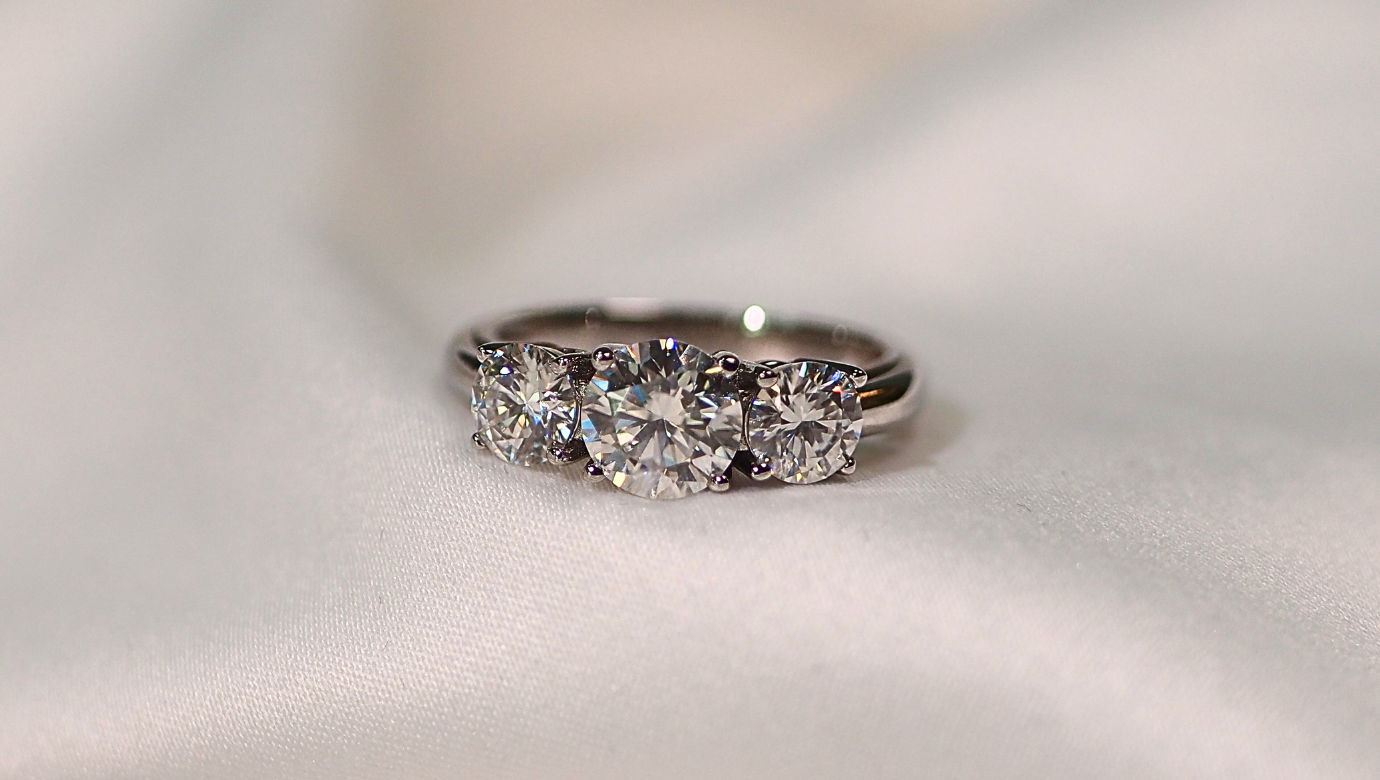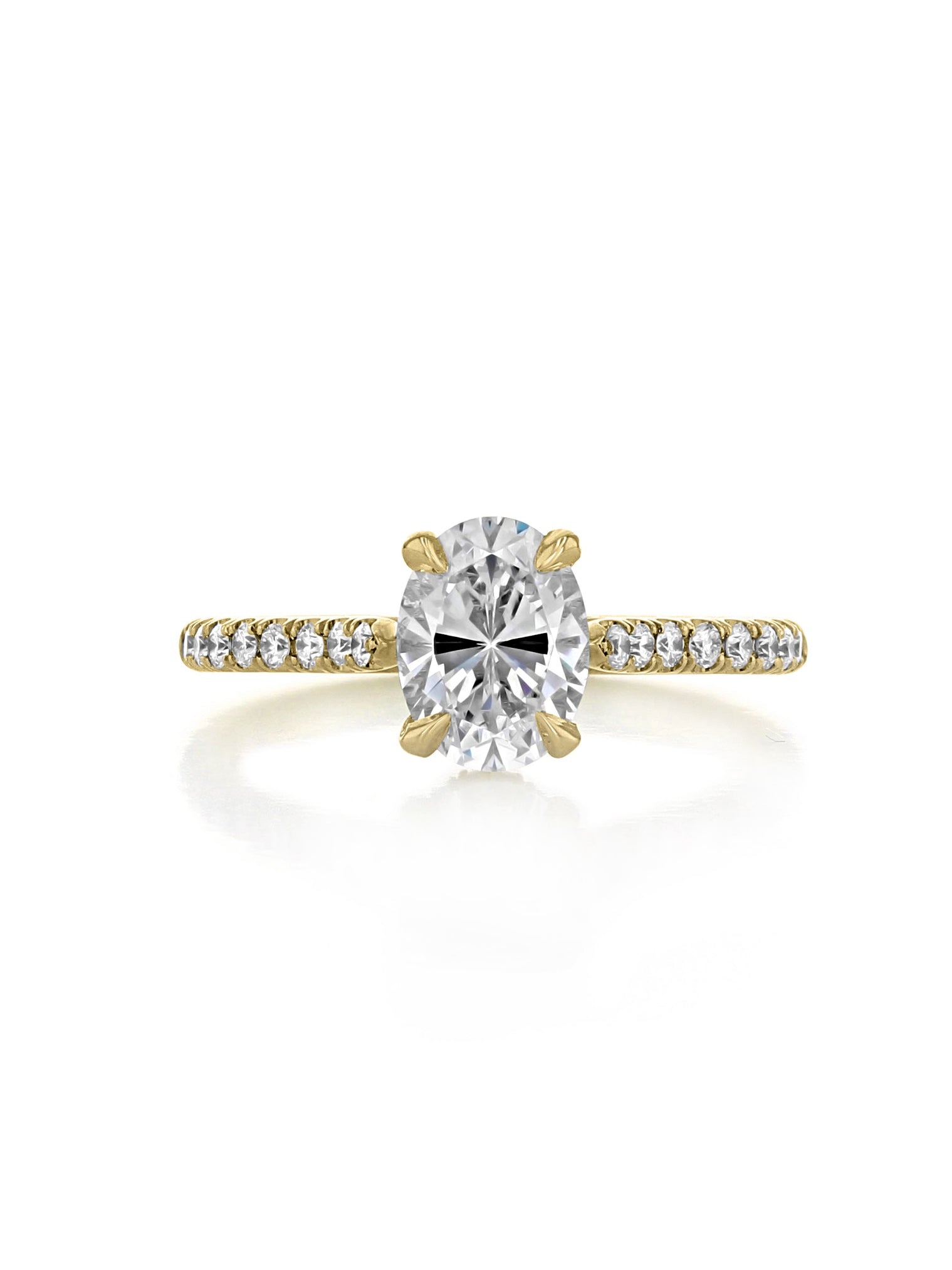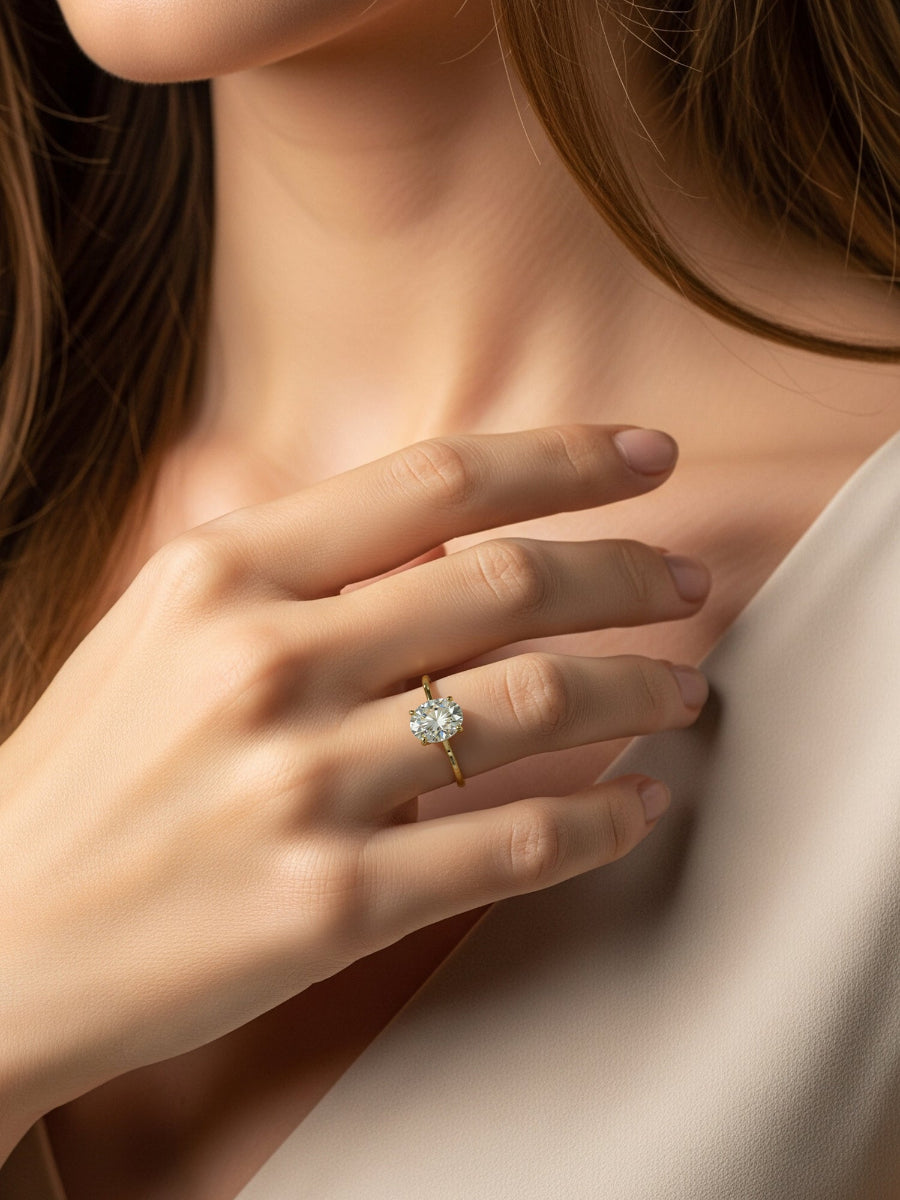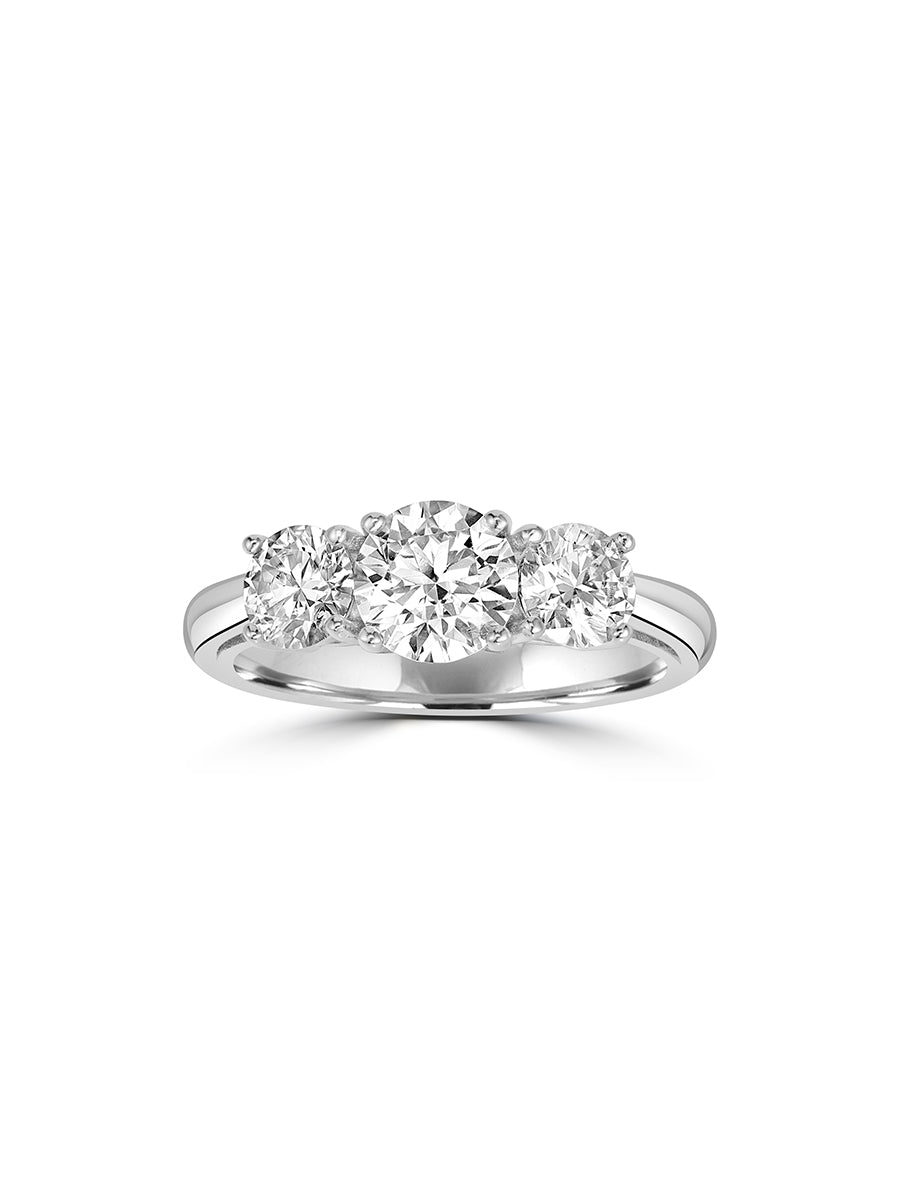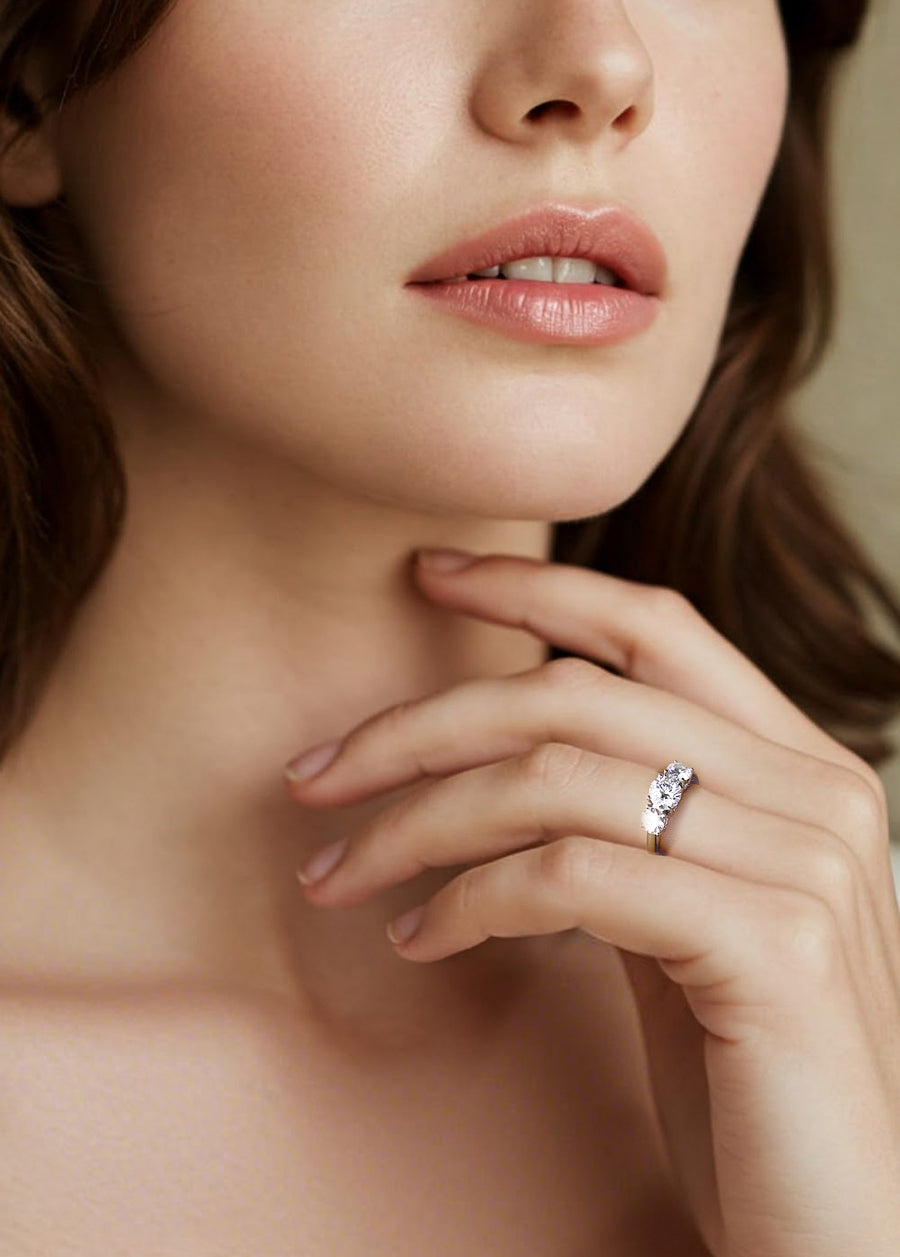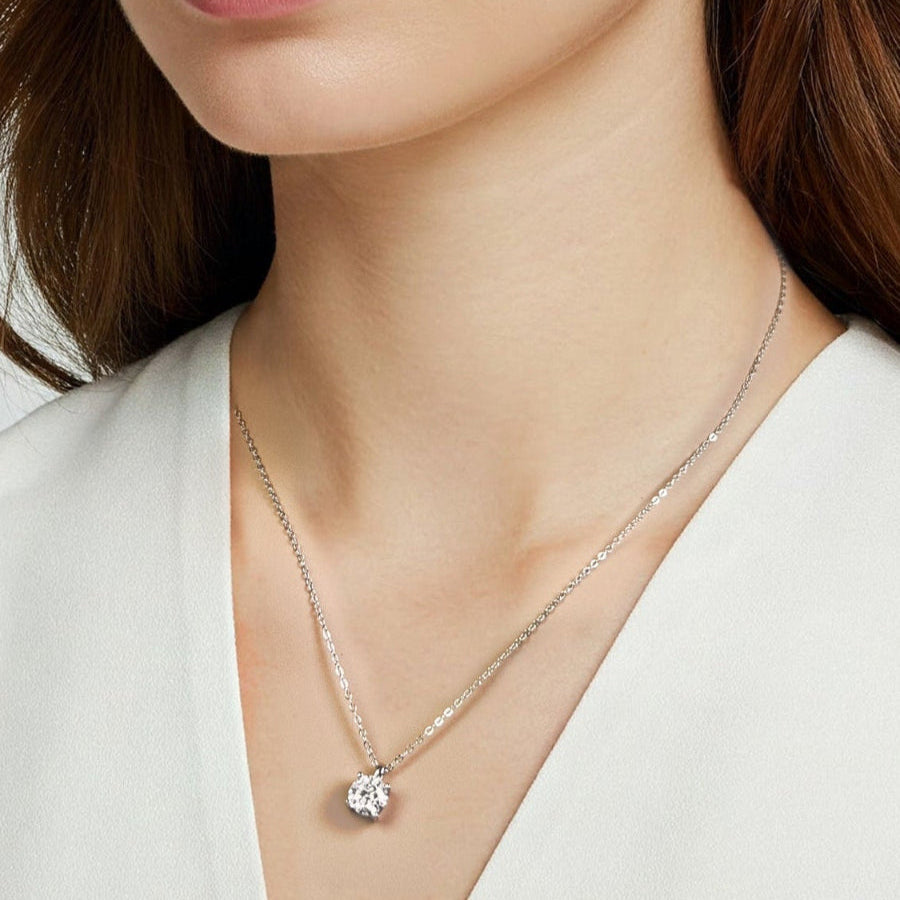
How to Choose Engagement Ring Claws
When it comes to engagement rings, it's easy to get caught up in the sparkle of the stone—but have you thought about what’s actually holding that gem in place? Enter the humble (yet oh-so-important) claw setting. Also known as prongs, claws play a major role in both the security and style of your engagement ring. Whether you’re into sleek minimalism or vintage glam, the right claws can enhance your ring’s look—and help keep your precious stone right where it belongs.
Let’s break down the claw-setting basics so you can confidently choose what suits your style, stone, and lifestyle best.
1. What Are Claws (Prongs), Exactly?
Claws are the tiny metal arms that grip your center stone and hold it in place. They come in various shapes, numbers, and styles, and each detail influences how your ring looks and performs. Think of them as the unsung heroes that combine function and flair.
2. How Many Claws Should You Choose?
-
Four-Claw Setting
Clean, modern, and elegant—this setting uses four evenly spaced claws to hold the stone. It offers a more open view of the gem, letting in plenty of light for maximum sparkle. Great for square, princess, or round stones. However, fewer claws mean slightly less security compared to settings with more. -
Six-Claw Setting
Want a little extra peace of mind? Six claws offer better security, especially for active lifestyles. This classic option gives round stones a more circular appearance and adds a touch of vintage charm. -
Other Variations
Three-claw settings can be stunning for pear-shaped stones, while eight or more claws are often used in antique-style rings. Just remember: more claws = more security, but they may slightly obscure the stone.
3. Claw Styles to Consider
-
Round Claws
Soft, smooth, and traditional. These rounded tips gently hug the stone and are less likely to catch on clothing. -
Pointed Claws (Talon Claws)
For a bold and edgy look, talon claws add drama with their sharp, angular tips. They’re perfect for a modern or art-deco-inspired ring. -
Flat Claws
Sleek and minimal, flat claws lie low against the stone. They’re subtle but still do the job—ideal if you want the stone to shine without distraction. -
Double Claws
A nod to vintage design, double claws feature two prongs per corner for a more intricate look. They add elegance and help secure larger stones more firmly.
4. Metal Matters
The type of metal used for the claws can affect both the durability and appearance of your ring. Platinum is a popular choice for its strength, while gold (white, yellow, or rose) offers classic warmth and color contrast. Just ensure the claws complement the ring’s overall design—and are strong enough to protect the stone.
5. Think About Your Lifestyle
If you're hands-on at work or lead an active lifestyle, you might want extra protection. A six-claw setting or rounded prongs are less likely to snag or loosen. On the flip side, if aesthetics are your top priority, you might prefer more delicate or decorative claw styles.
Conclusion
Choosing the right claw setting is like picking the right frame for a work of art—it highlights the beauty of your stone while offering support and safety. Whether you lean toward sleek talon claws or classic round prongs, the key is finding what fits your lifestyle and aesthetic. So next time you’re ring shopping (or designing!), give those tiny claws the attention they deserve—they’re small, but mighty.




